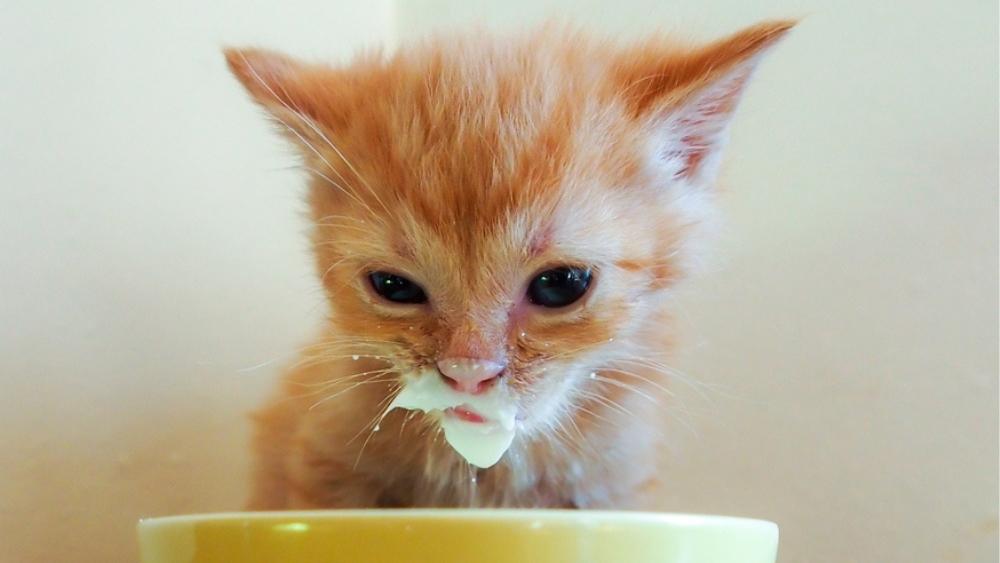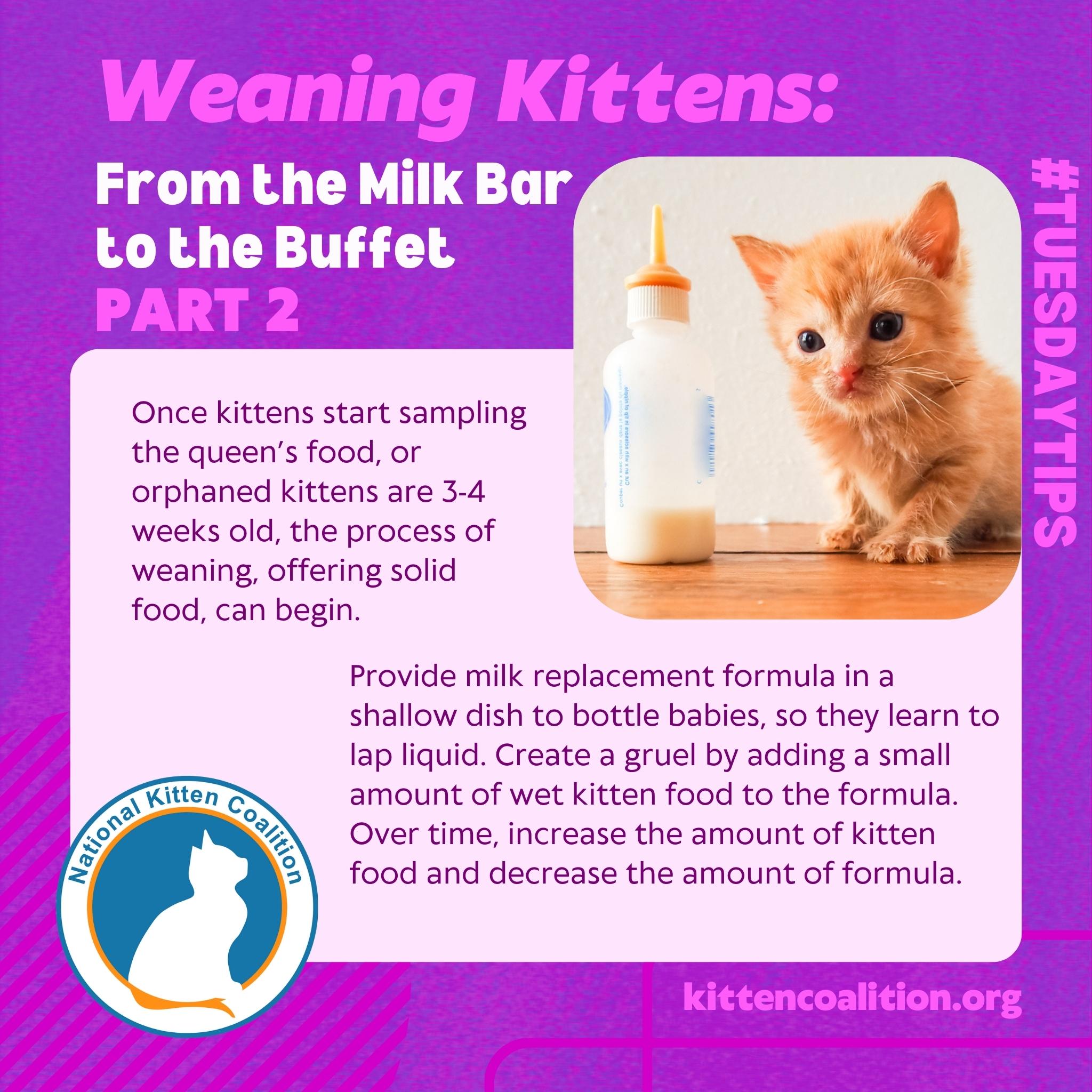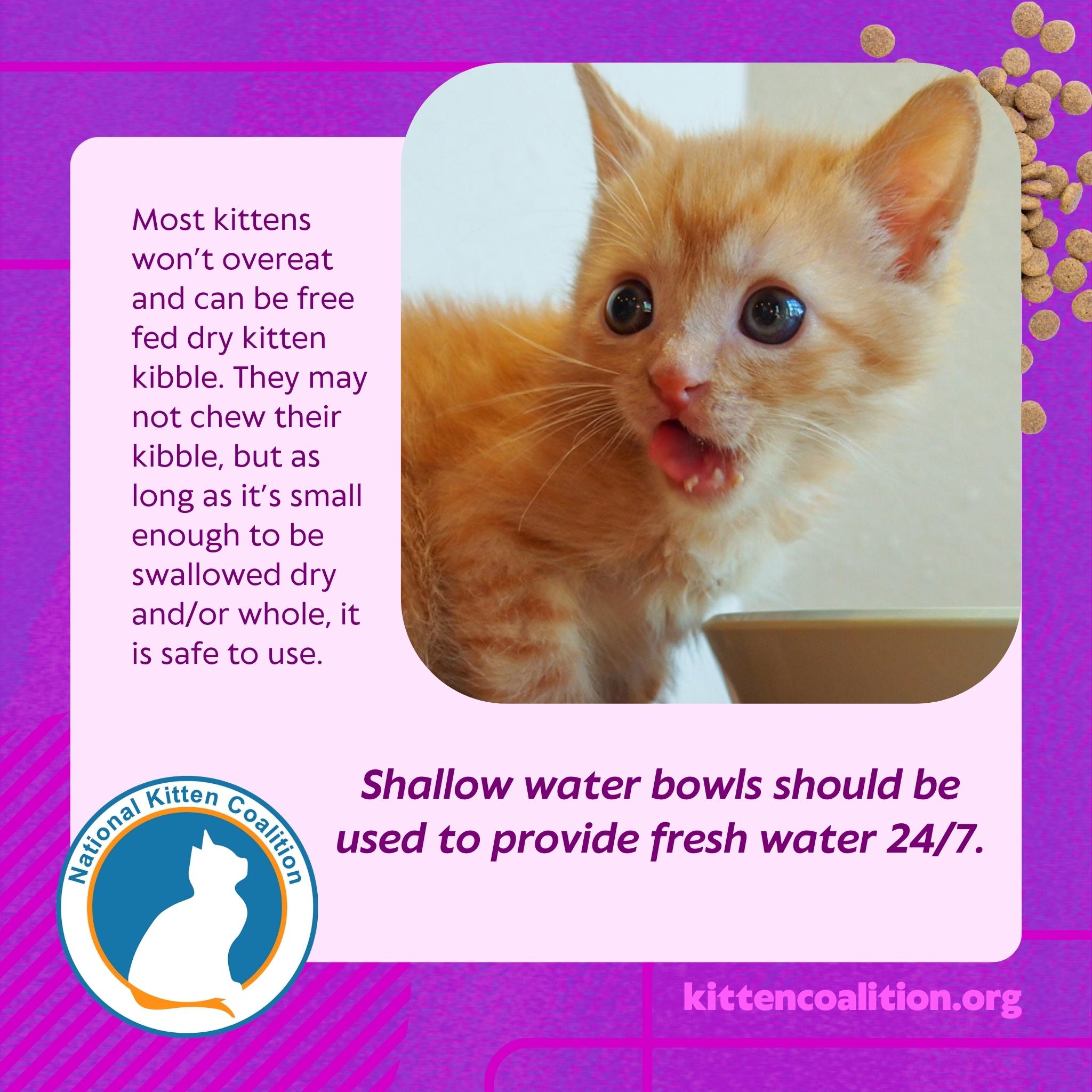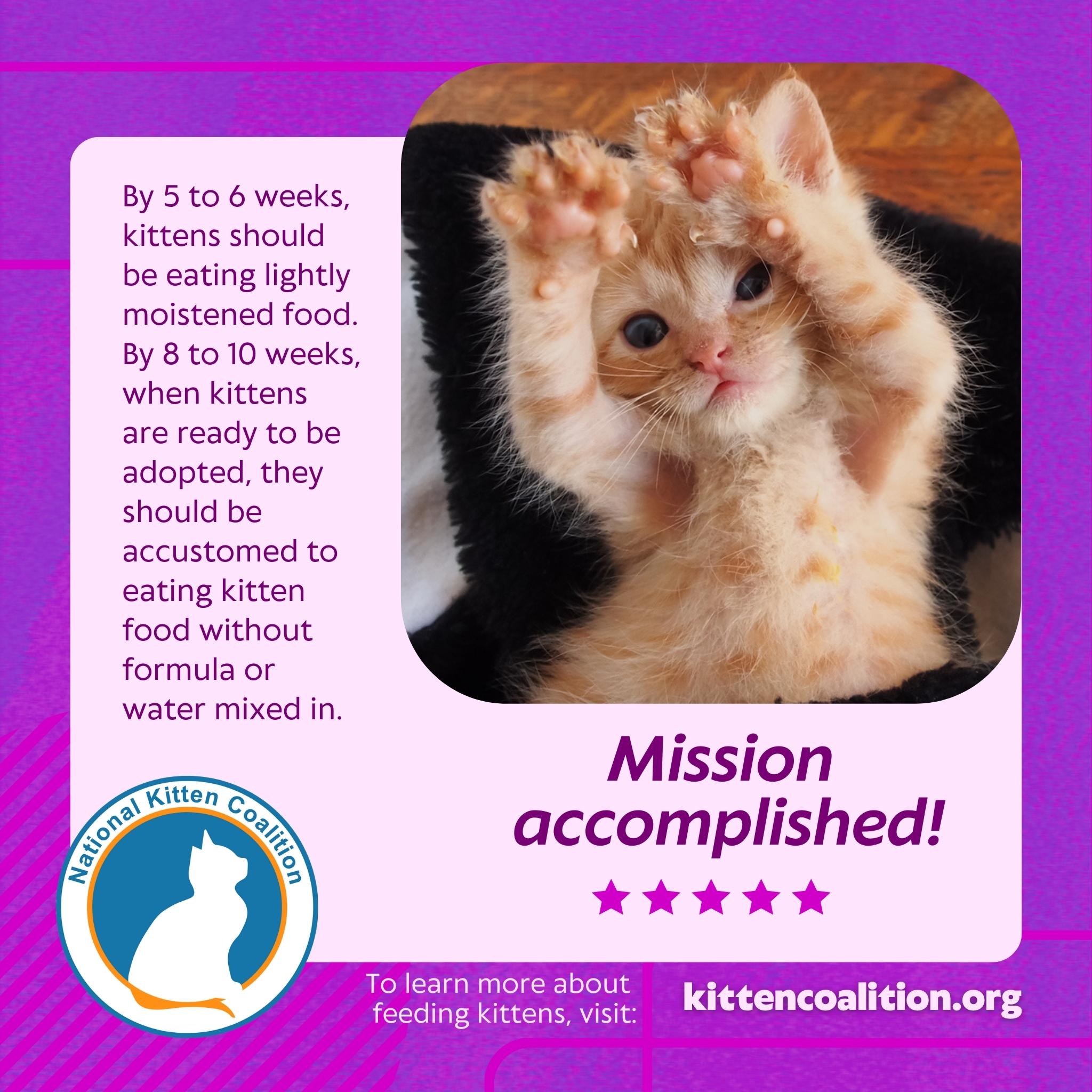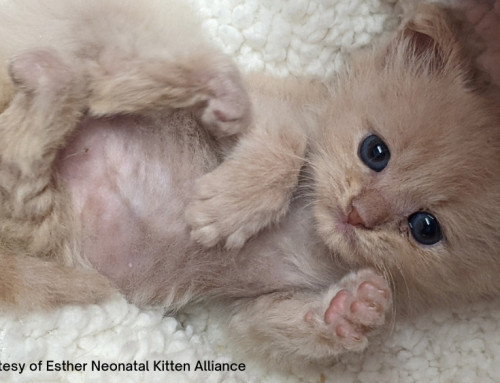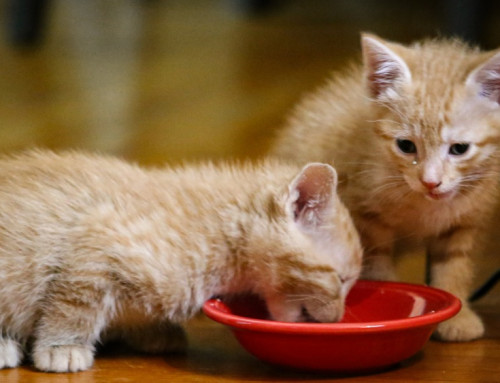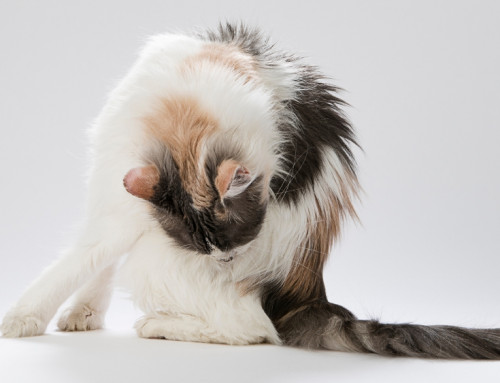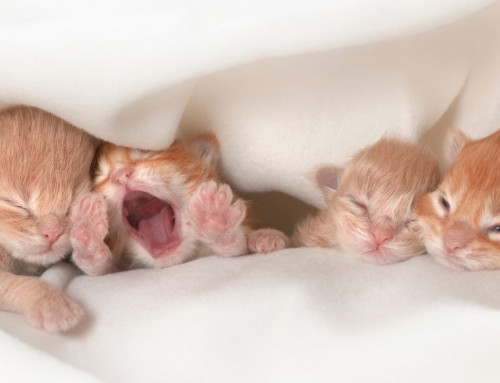Share this resource or email it to a friend!
In part 2 of this 2-part series, we discuss different weaning methods. In part 1, we discussed what weaning is and when it occurs.
Once kittens have started sampling the queen’s food, the process of offering them solid food can begin. NOTE: When the queen is available, kittens may comfort nurse, but not actually get all the nutrition they need. It’s important to weigh all kittens, with queens or orphaned, every day to be sure they’re gaining weight.
To wean kittens from bottle feeding, place milk replacement formula in a shallow dish. Once kittens become accustomed to lapping up the formula, gradually add a small amount of wet kitten food to the formula to create a gruel. Slowly decrease the amount of formula, while slowly increasing the amount of kitten food. NOTE: Bottle-feed to top off orphan kittens if they didn’t eat much food. If the queen is available, create a gruel by adding water, rather than milk replacement formula, to wet kitten food.
Kittens may play with the gruel, batting it around and stepping into the dish before they understand that it’s food. Create wet food mounds so that kittens who aren’t ‘getting it’ can eat the food from the top down or suckle the wet food.
You can also offer gruel to kittens on a spoon at their standing head height, and lure them to move their head in a downward direction towards the food dish. Because kittens may easily bite when overzealously learning to eat on their own, avoid putting food on your finger.
Some kittens don’t know to lick their food. They will just stick their whole face in the food and will learn to like the taste and textures of food by licking it off their paws or each other.
Some kittens may continue to make suckling motions when starting to wean. This is a normal behavior. They can also have little shaking episodes. These are not seizures. It is an excitatory response to eating food.
When the queen is available, she will clean her kittens. Orphaned kittens should be cleaned with a soft, moist cloth to wipe any formula off their face and feet after each feeding; they should be dried gently with a towel. Remove remaining food dishes after each wet meal to prevent messes and to keep kittens hungry and ready for their next feeding.
Offer dry kitten or growth formulated kibble in a low-sided bowl. It can initially be moistened with water or formula. Young kittens may not chew their kibble, but as long as it’s small enough to be swallowed dry and/or whole, it is safe to use. Kibble may be left out all the time (free fed, ad libitum or ad lib) for the kittens to eat, but should be replaced every 12 to 24 hours, or sooner if it’s soiled.
Shallow water bowls should be used to provide fresh water 24/7.
Most kittens can actually be free fed kibble, as excessive calorie intake is rarely a problem in kittens. Additional meals of wet kitten food should be offered 3 to 4 times a day until kittens are at least 5 to 6 months of age. They should eat kitten food until they transition to an adult formula at 12 months of age.
By 5 to 6 weeks, kittens should be eating lightly moistened food. By 8 to 10 weeks, when kittens are ready to be adopted, they should be accustomed to eating kitten food without formula or water mixed in.
Mission accomplished!

